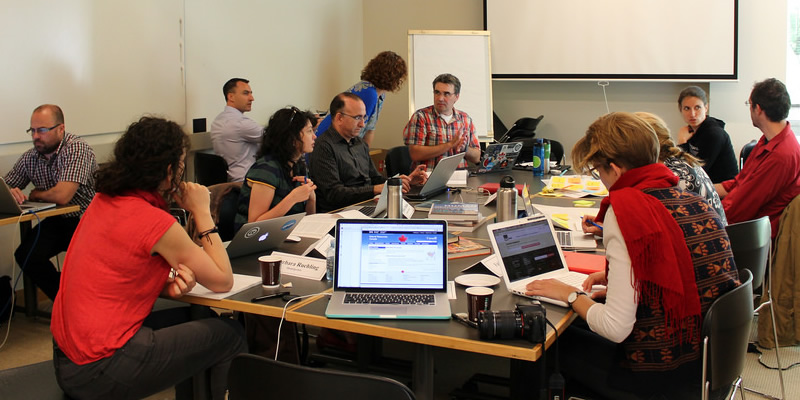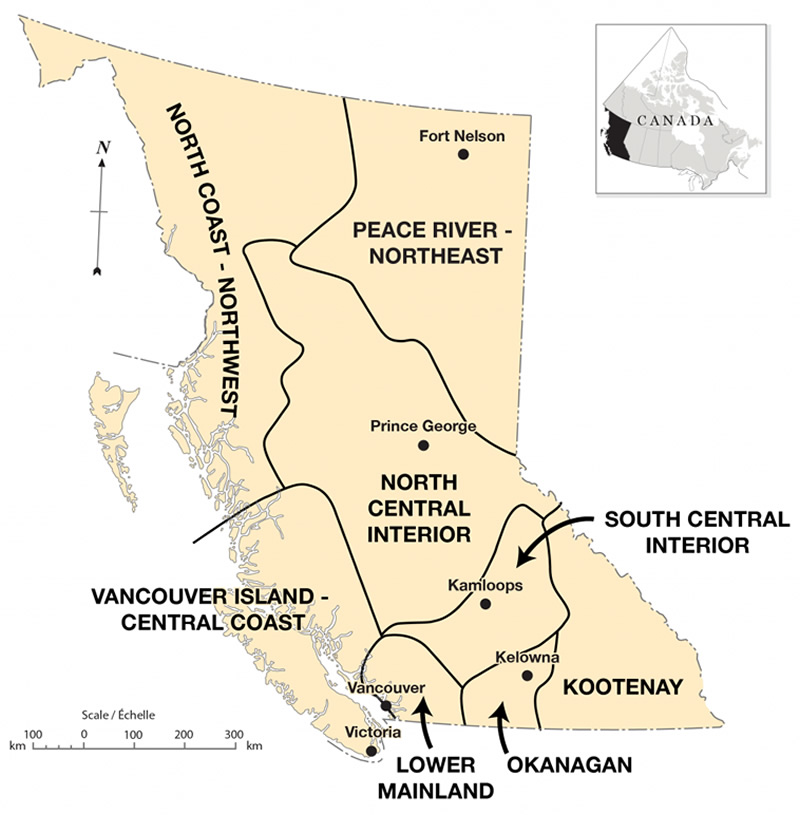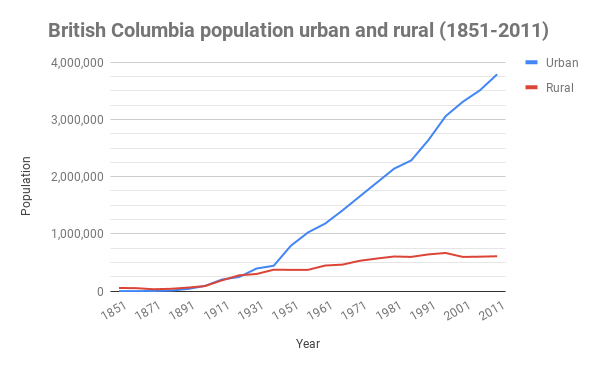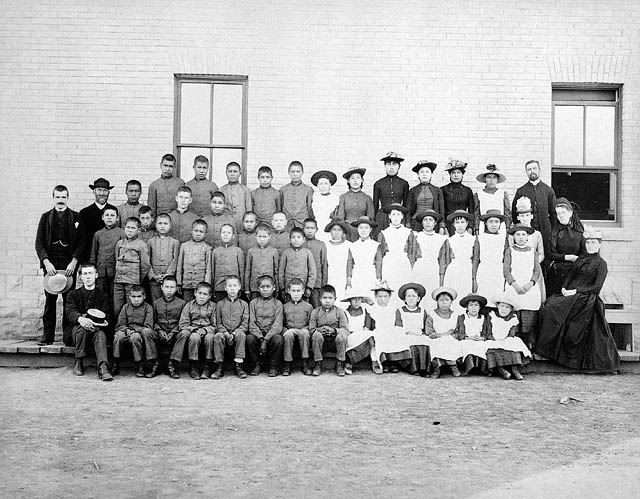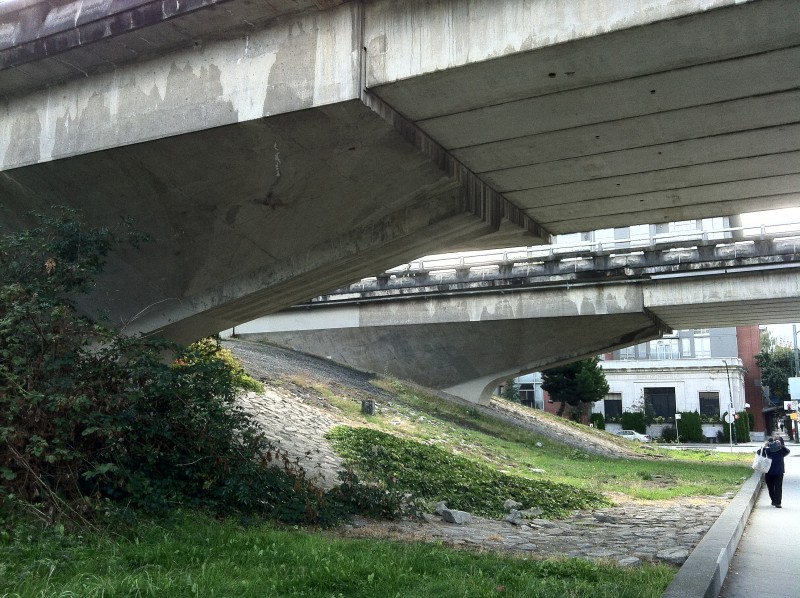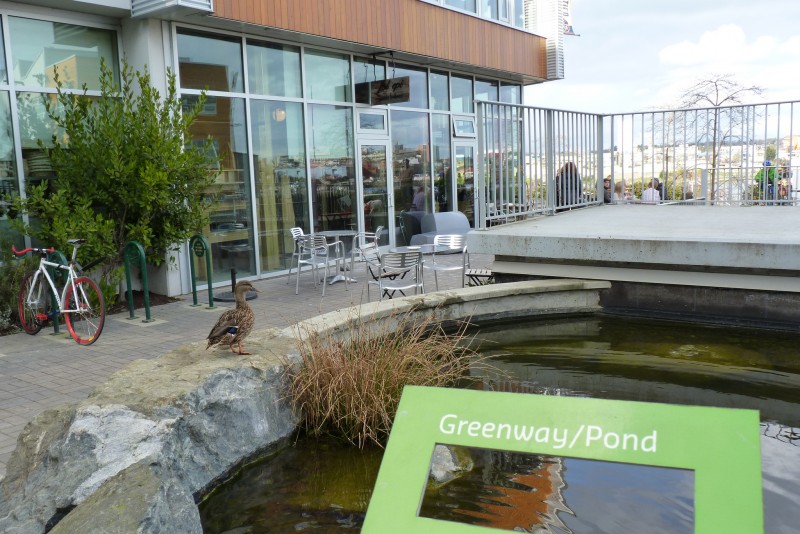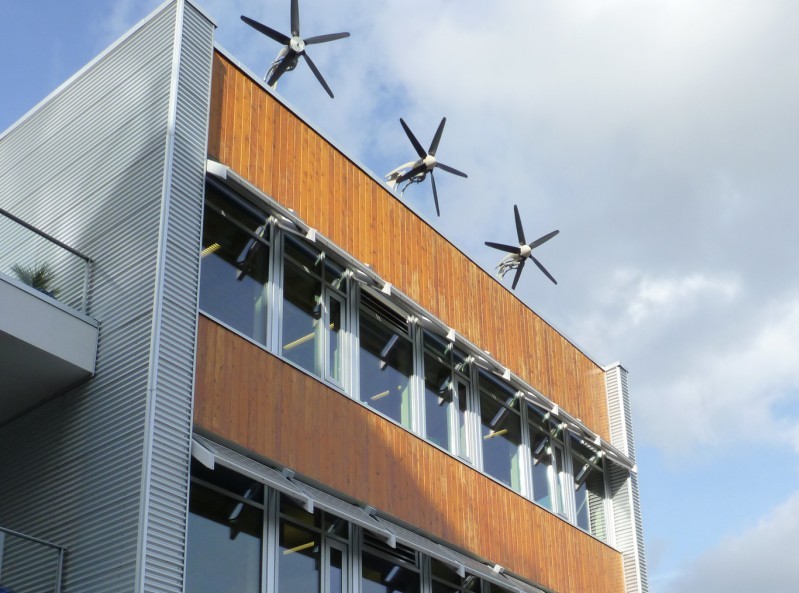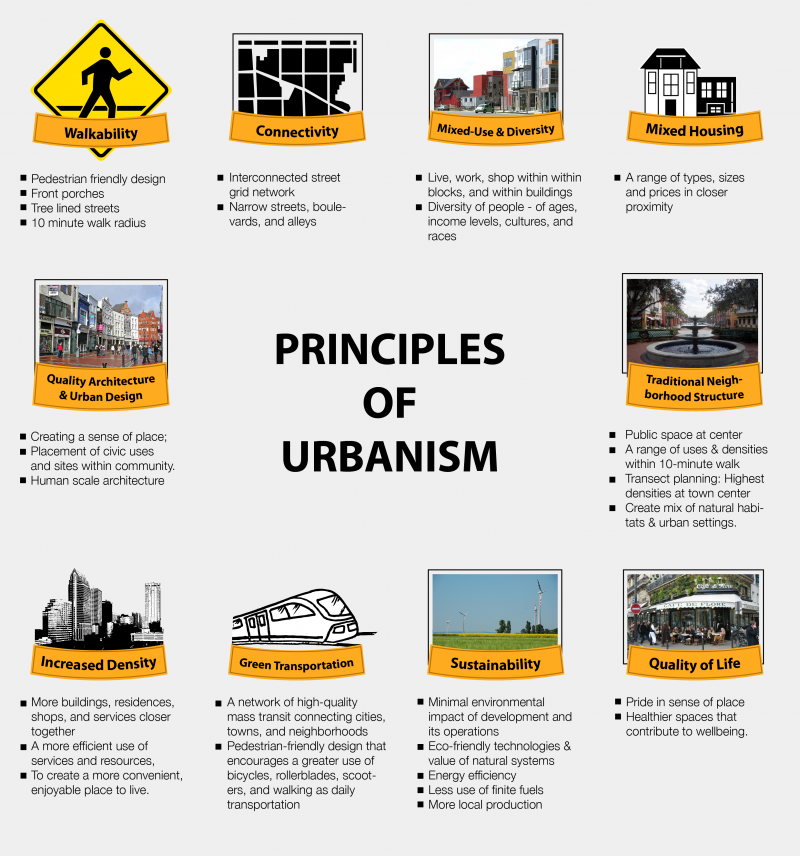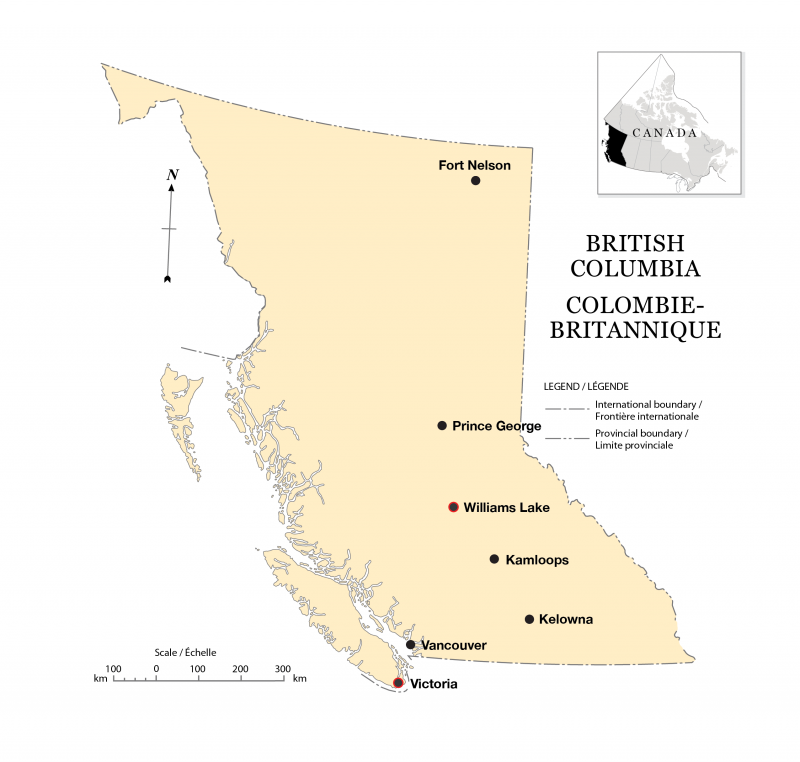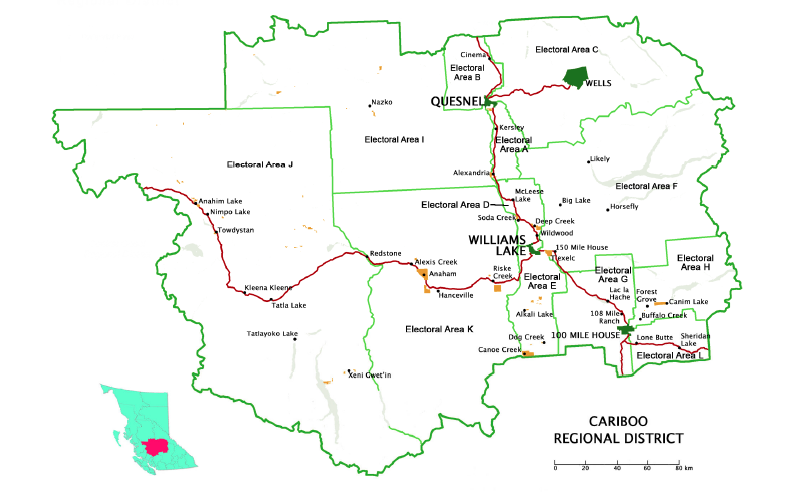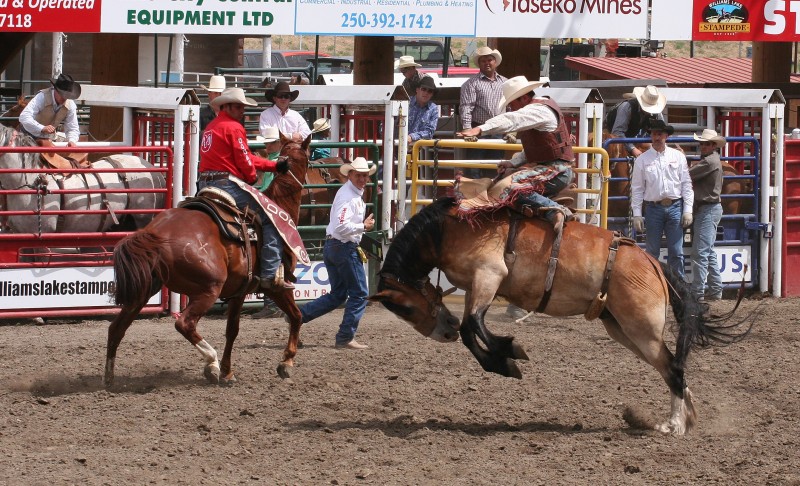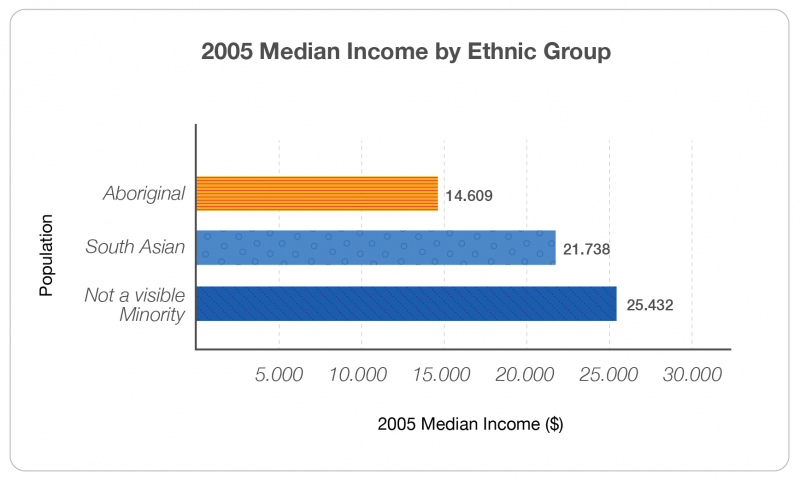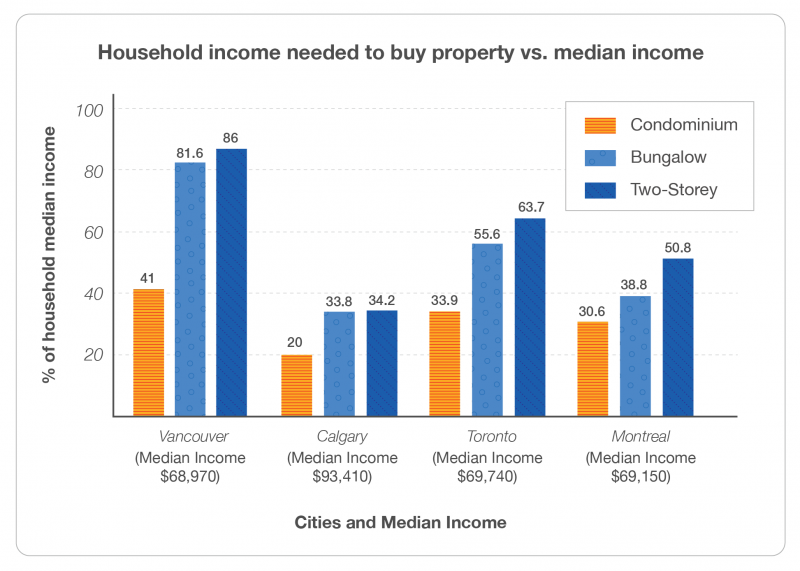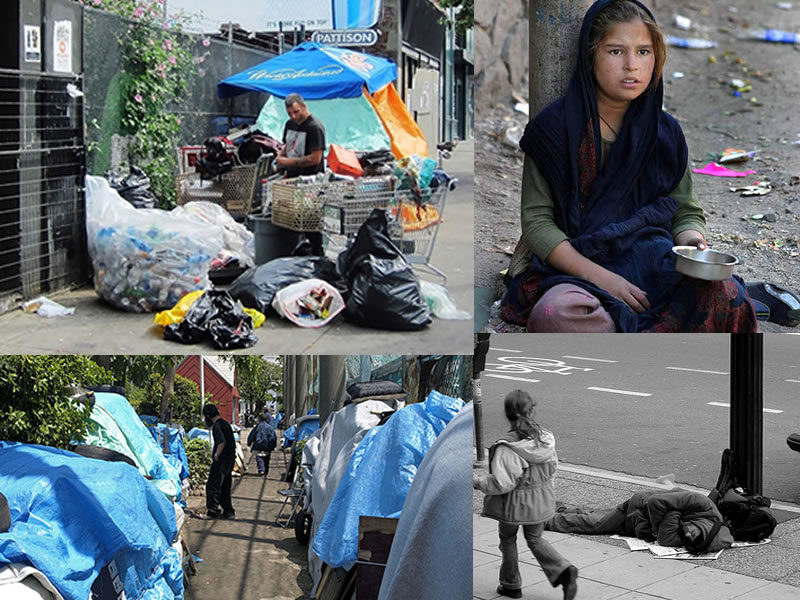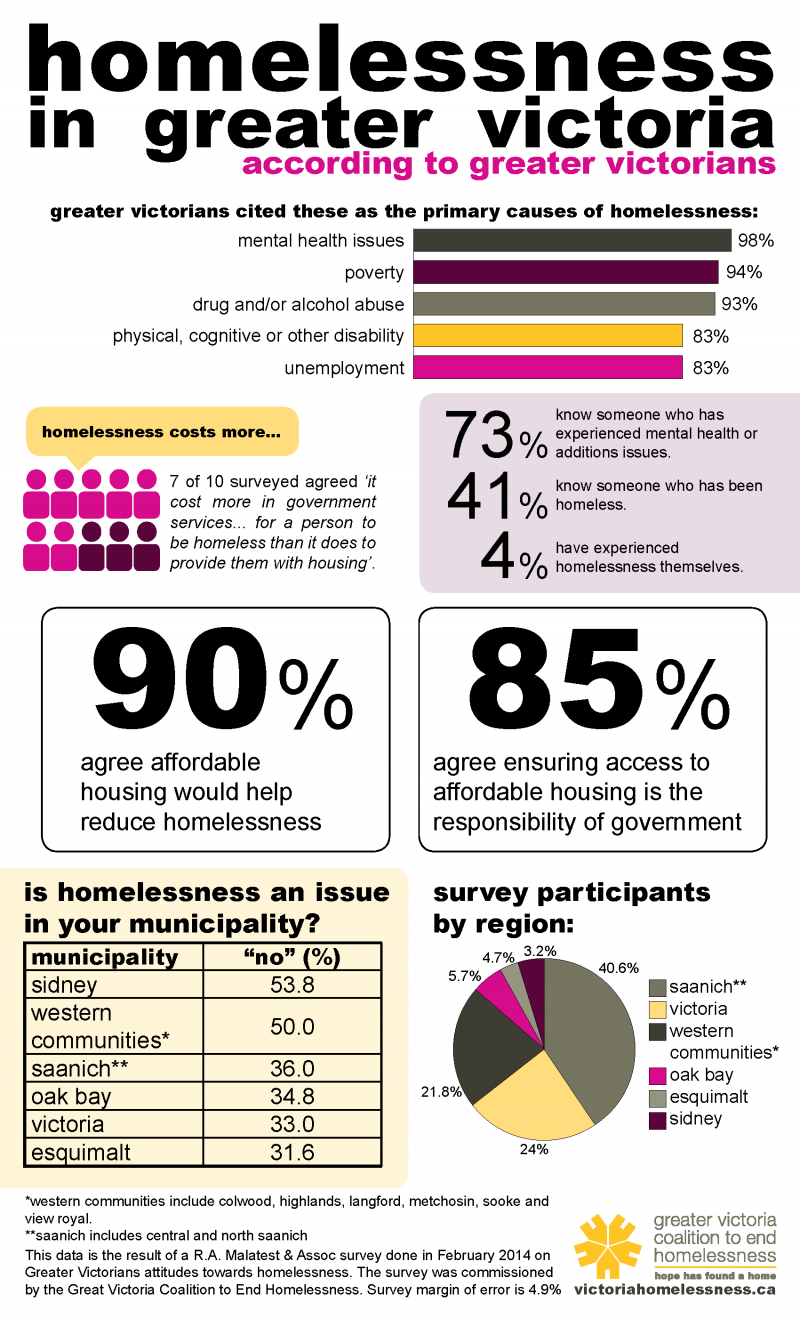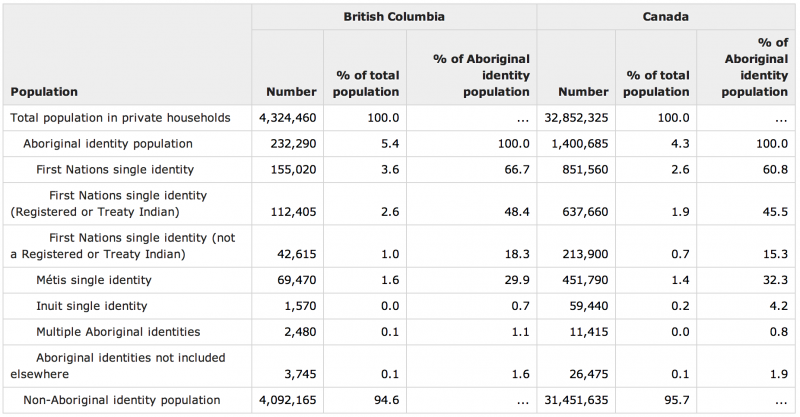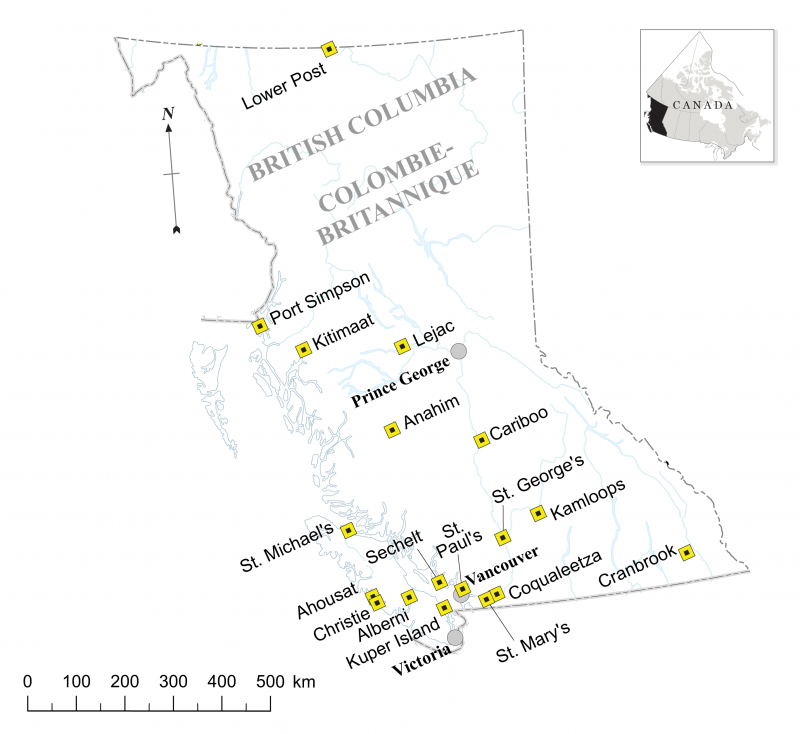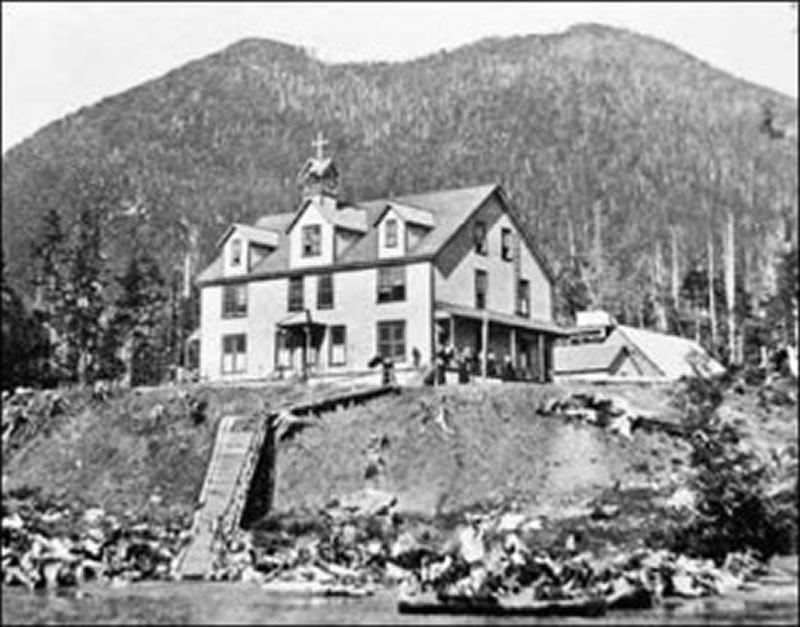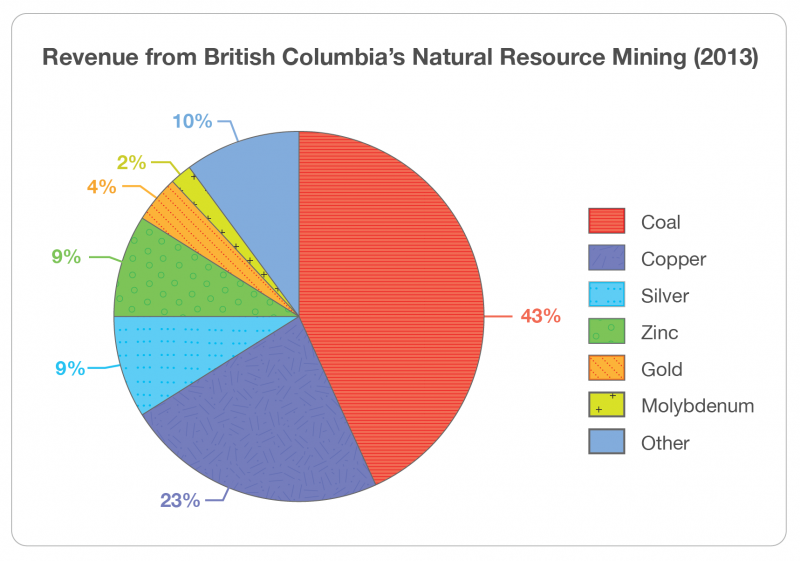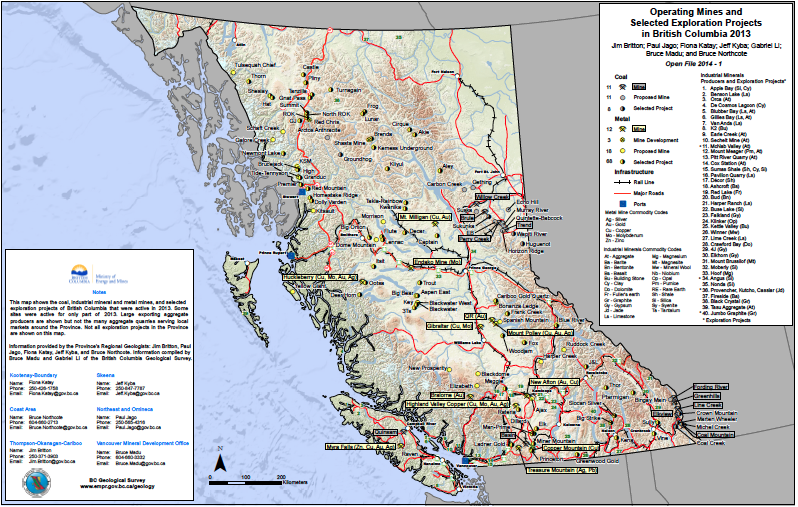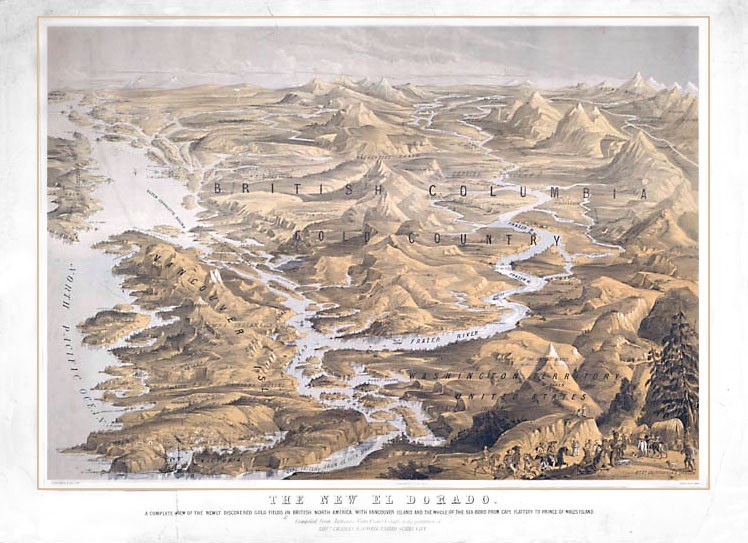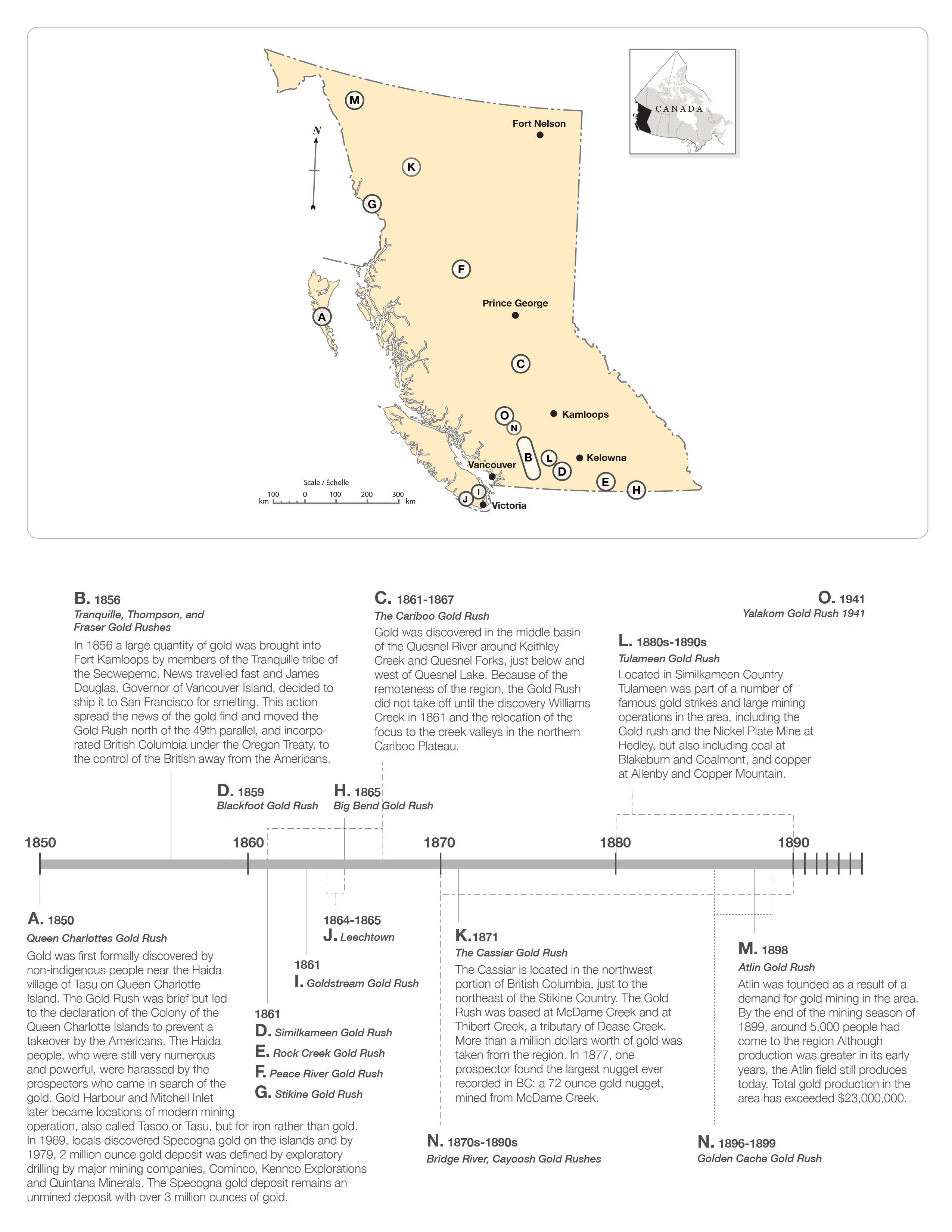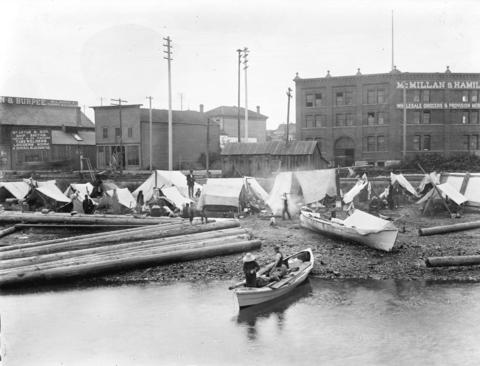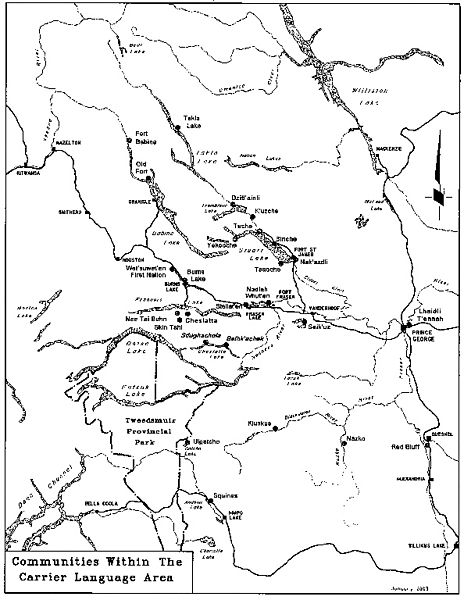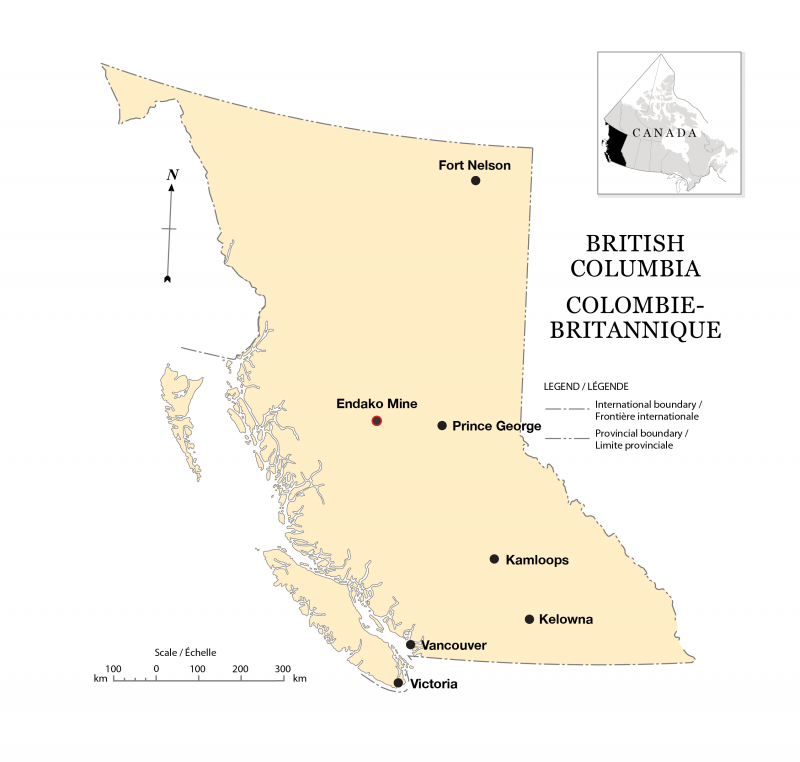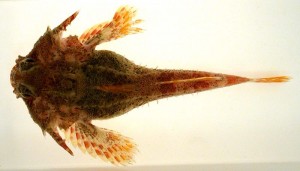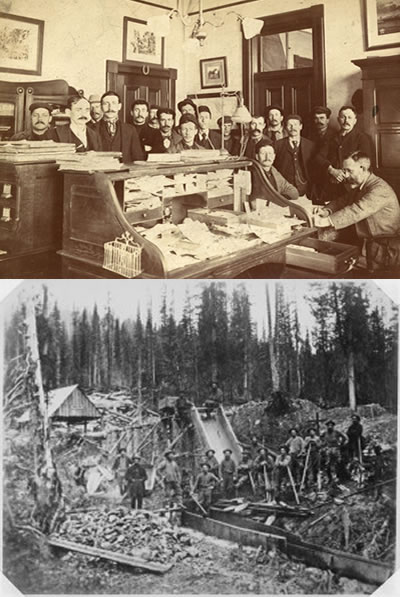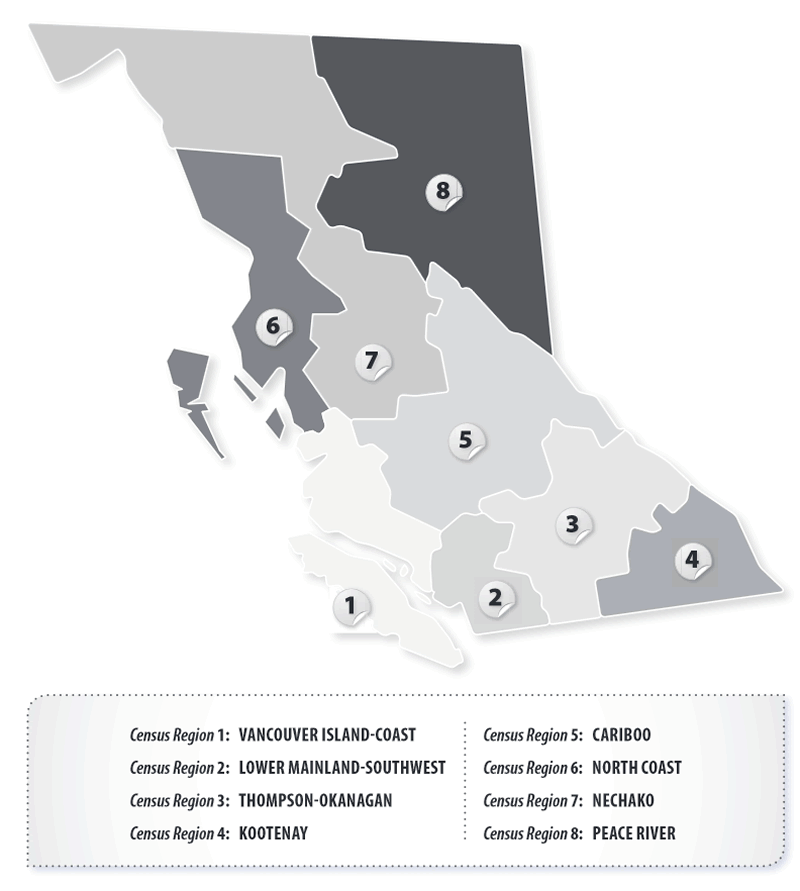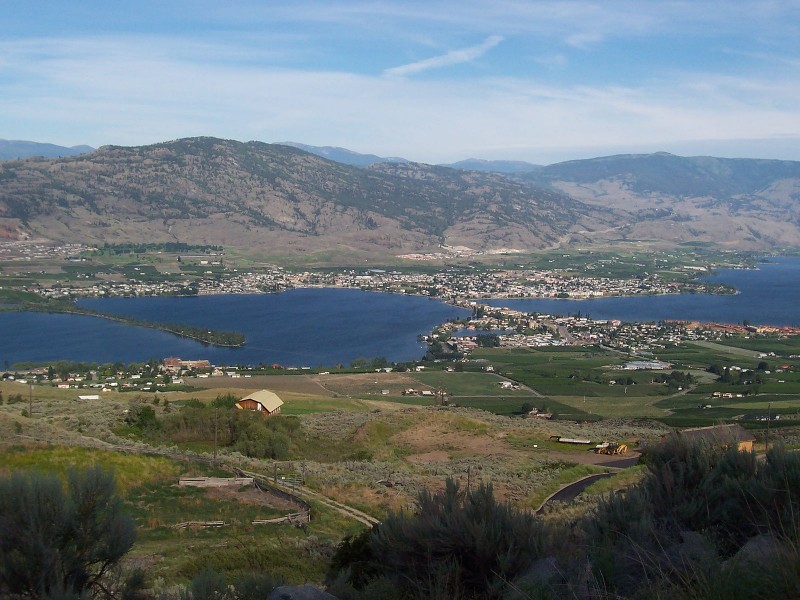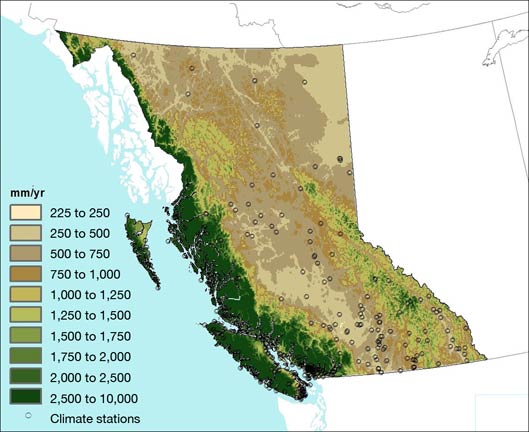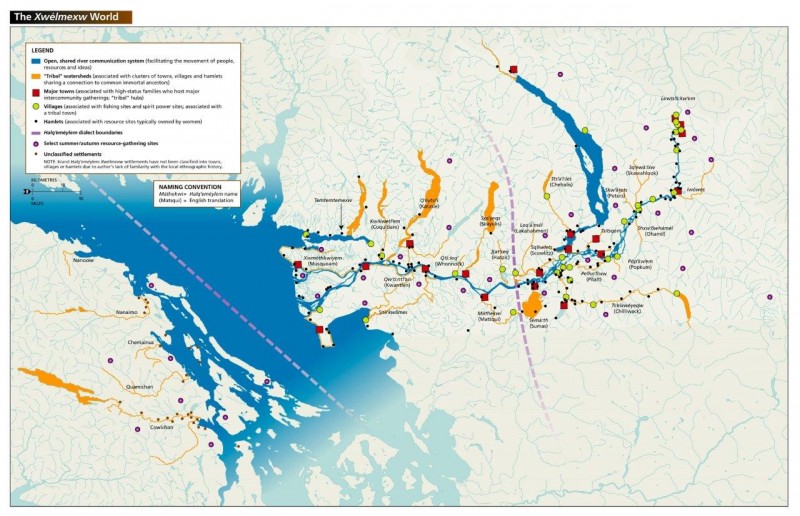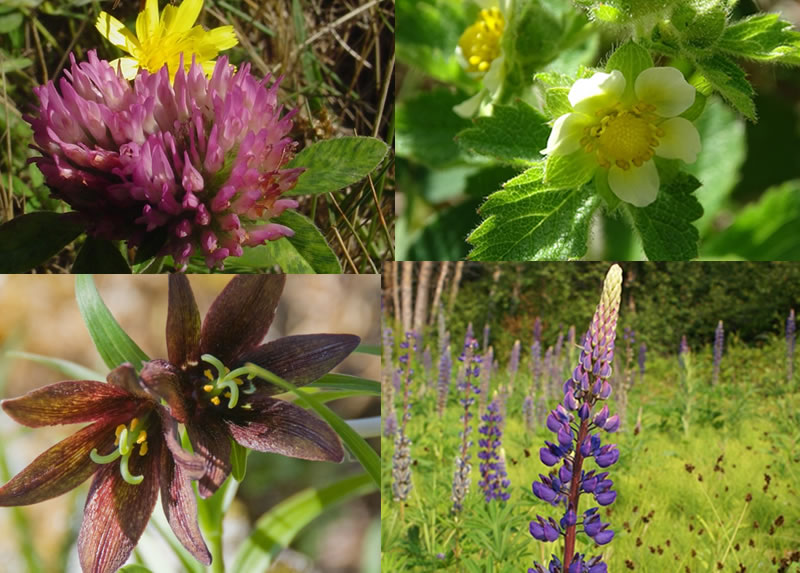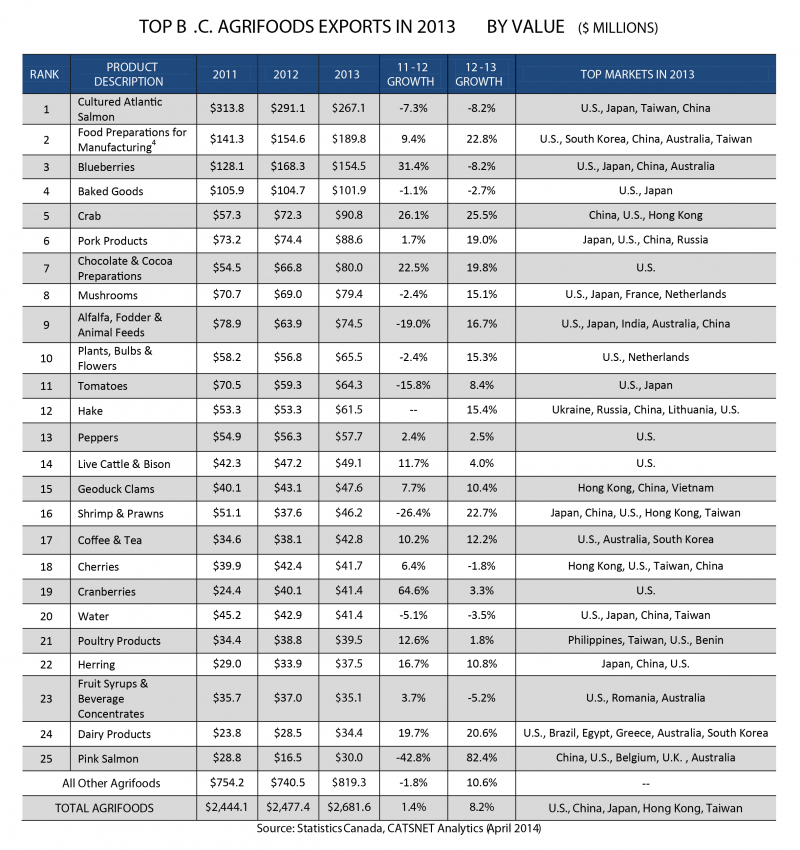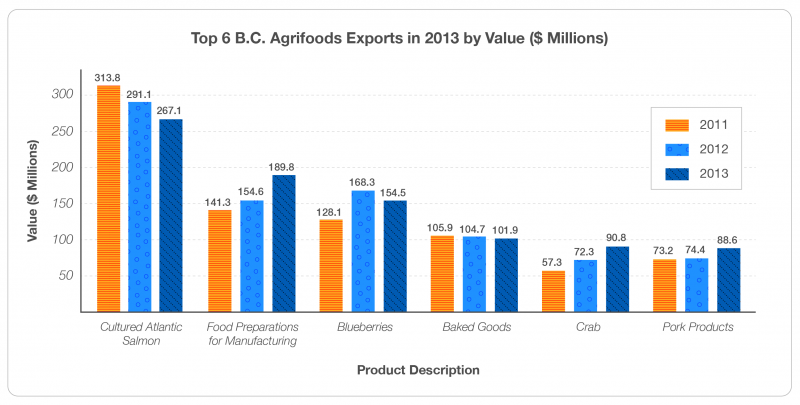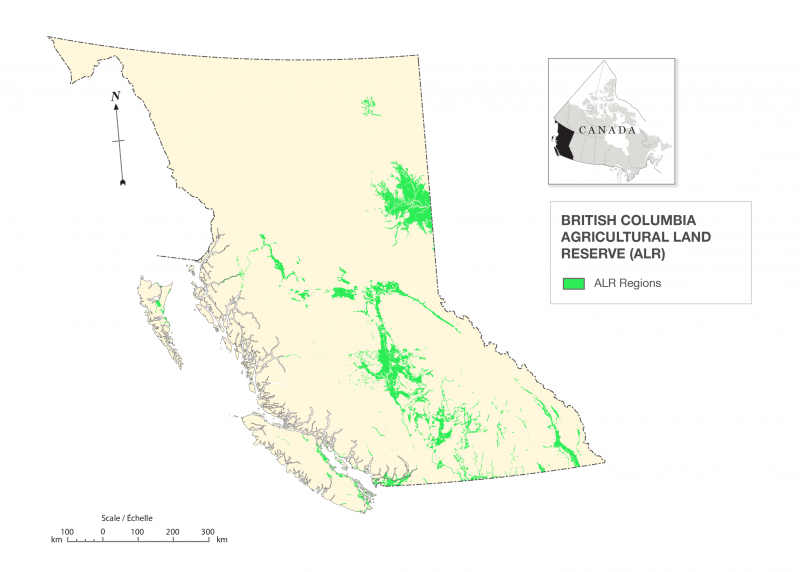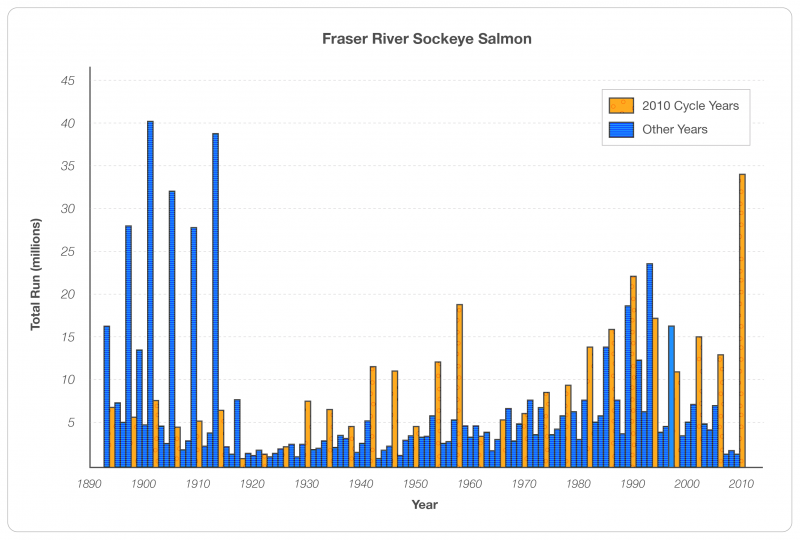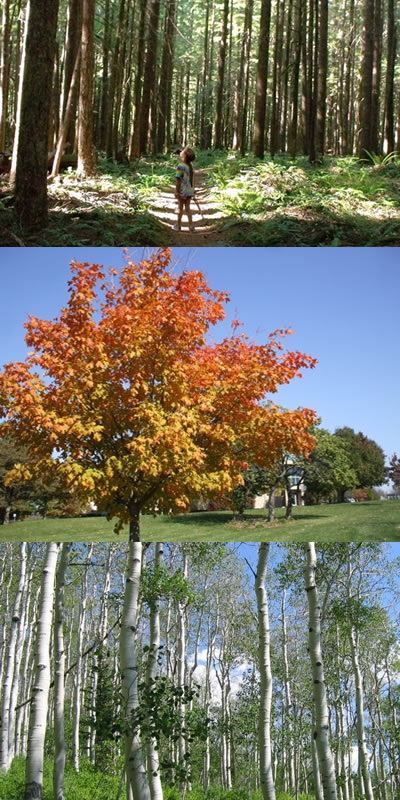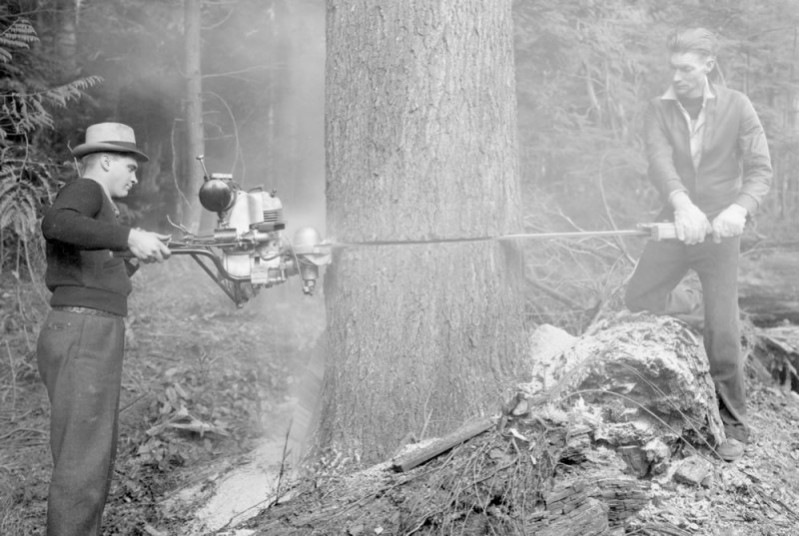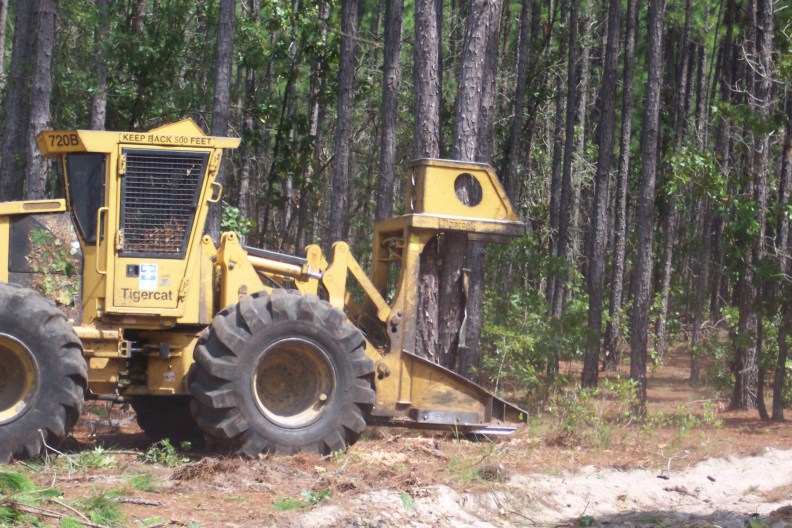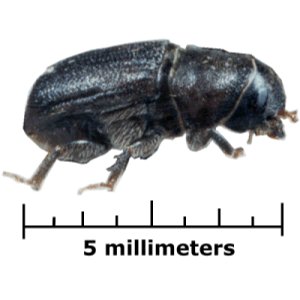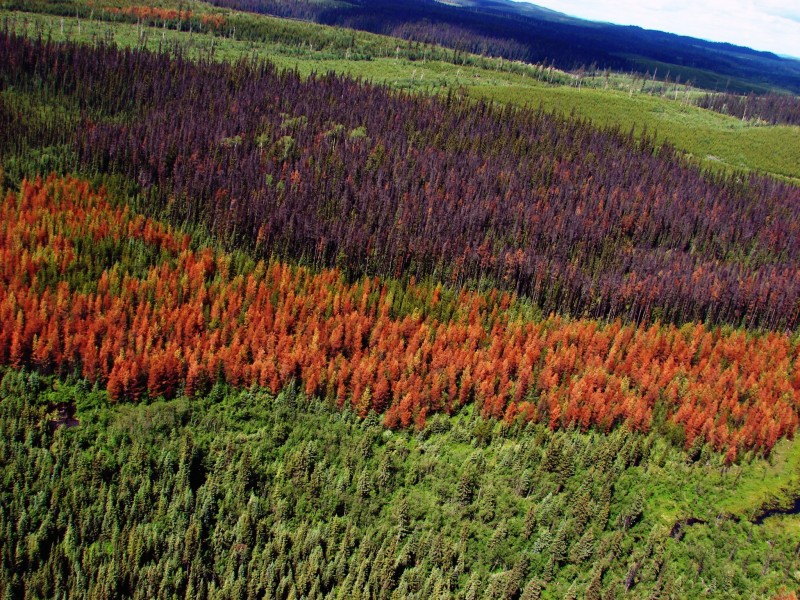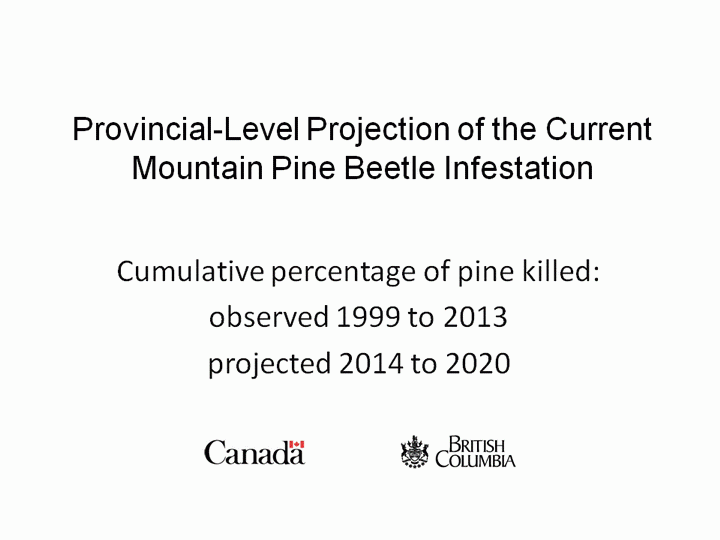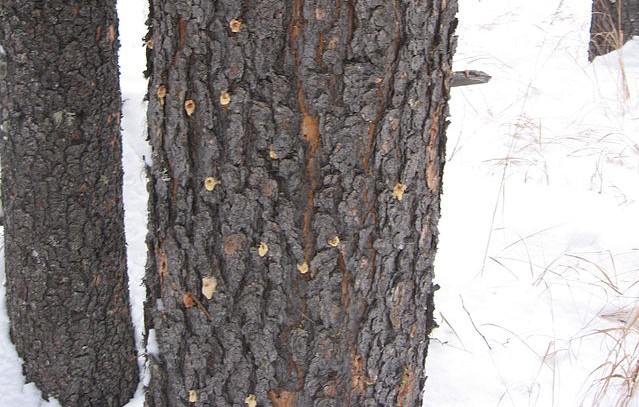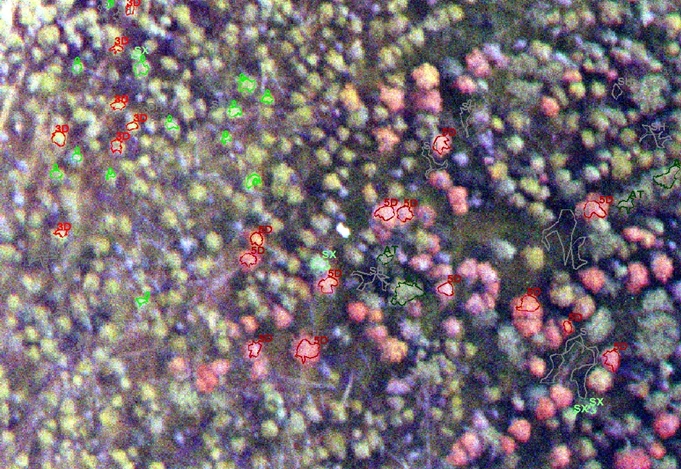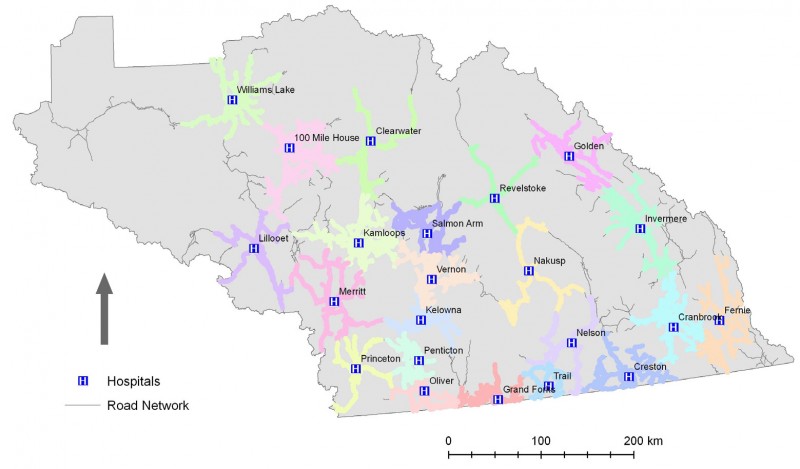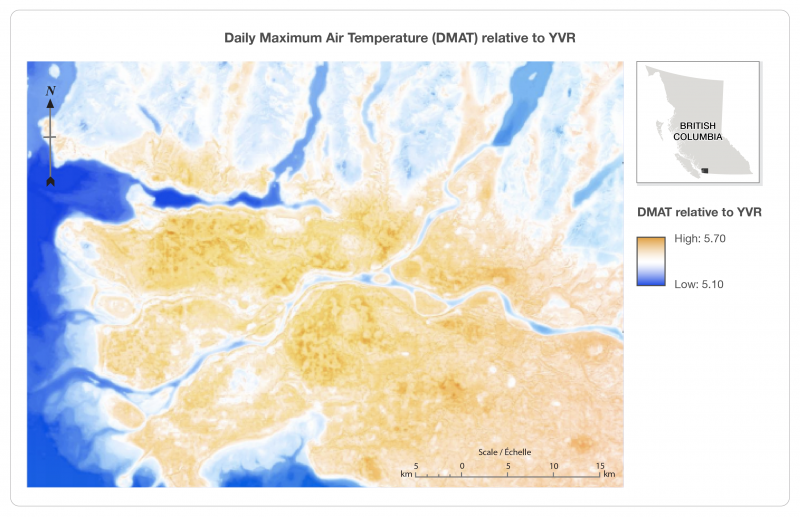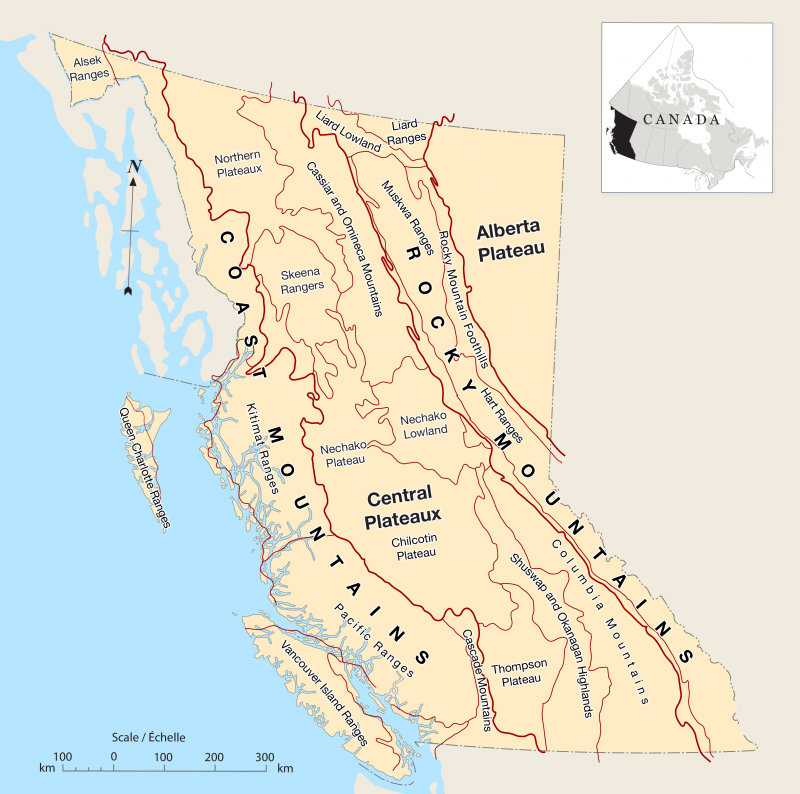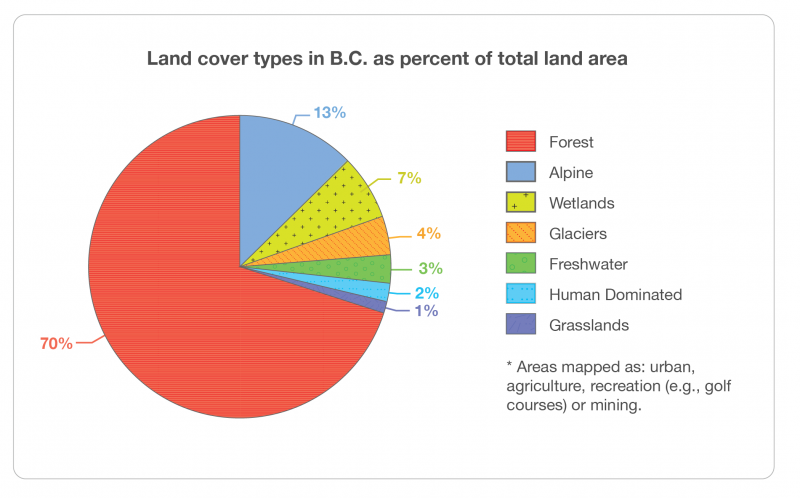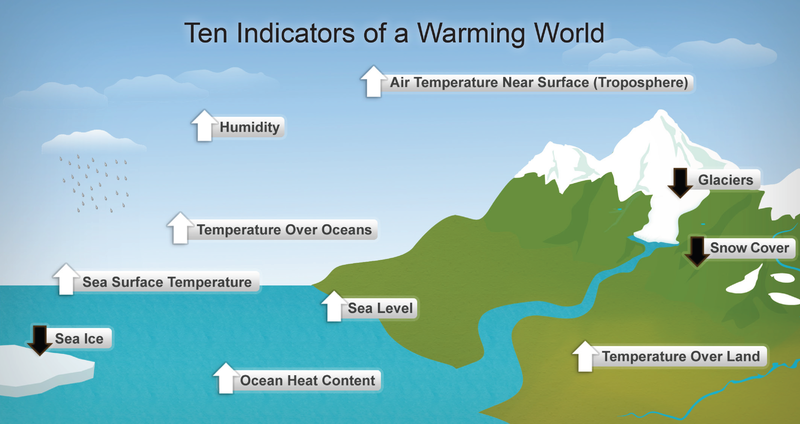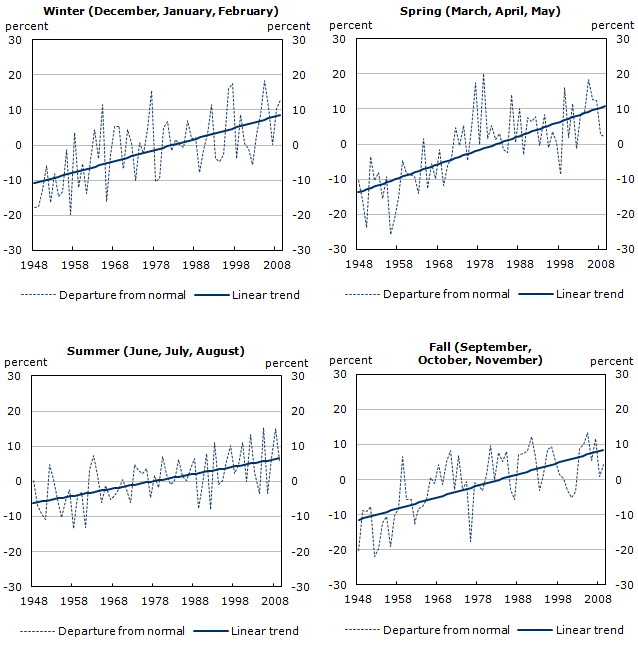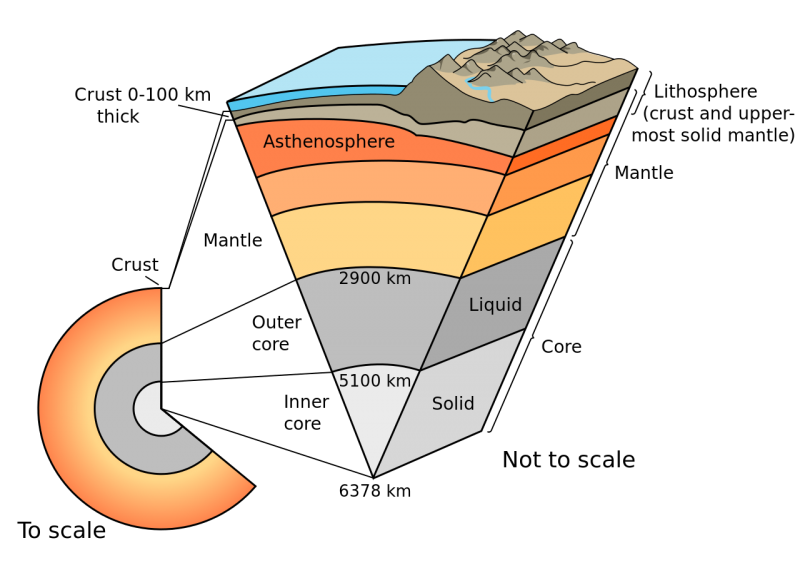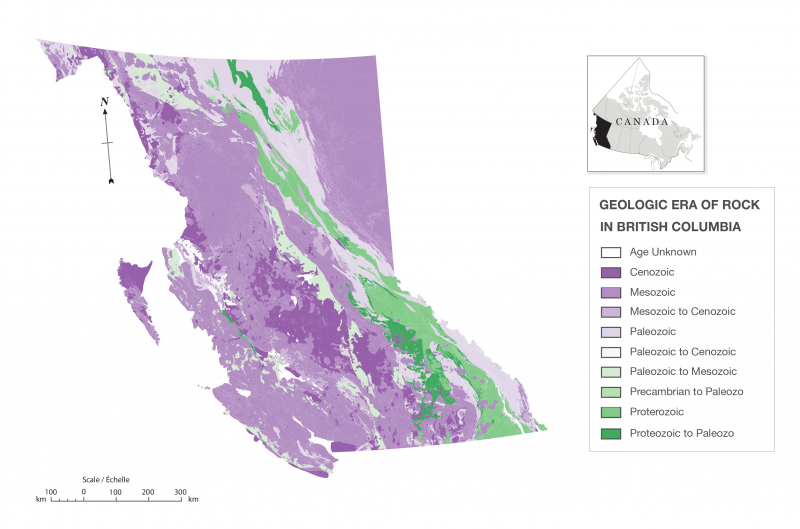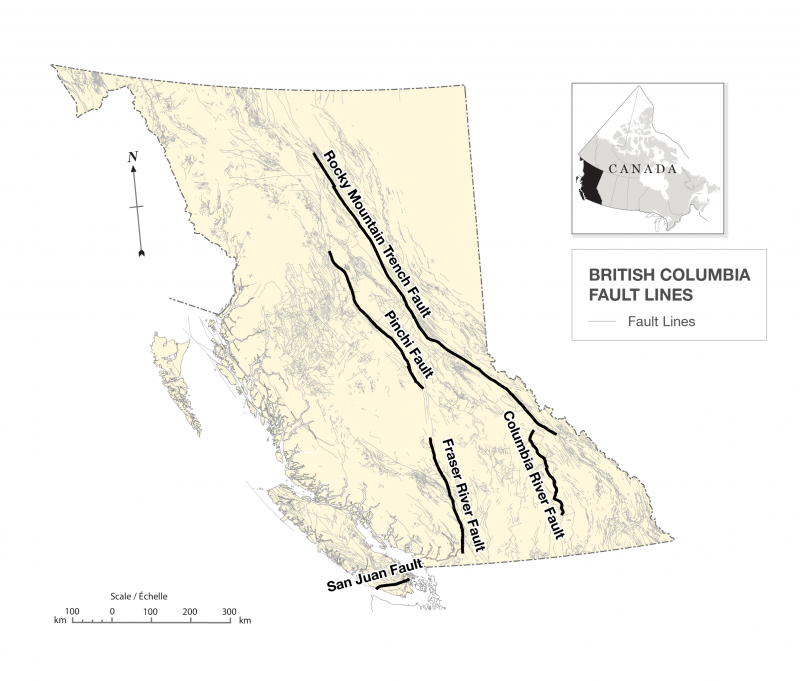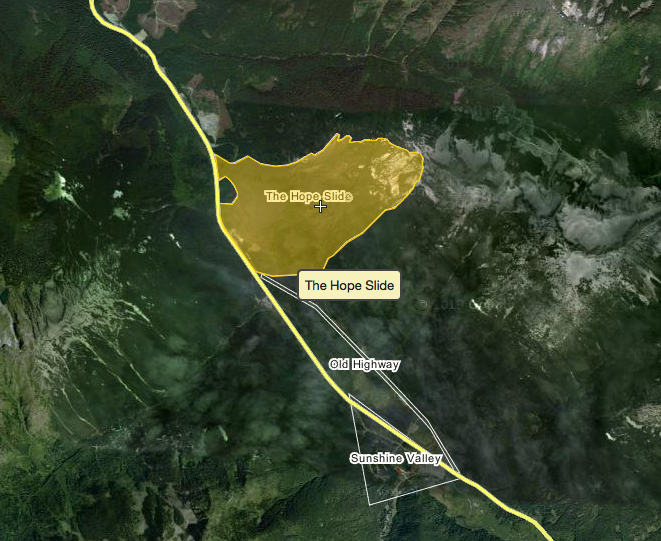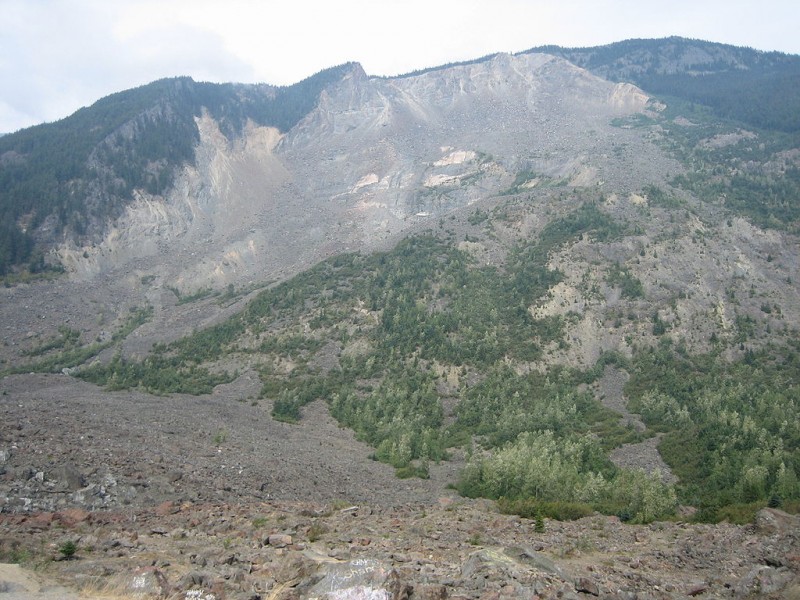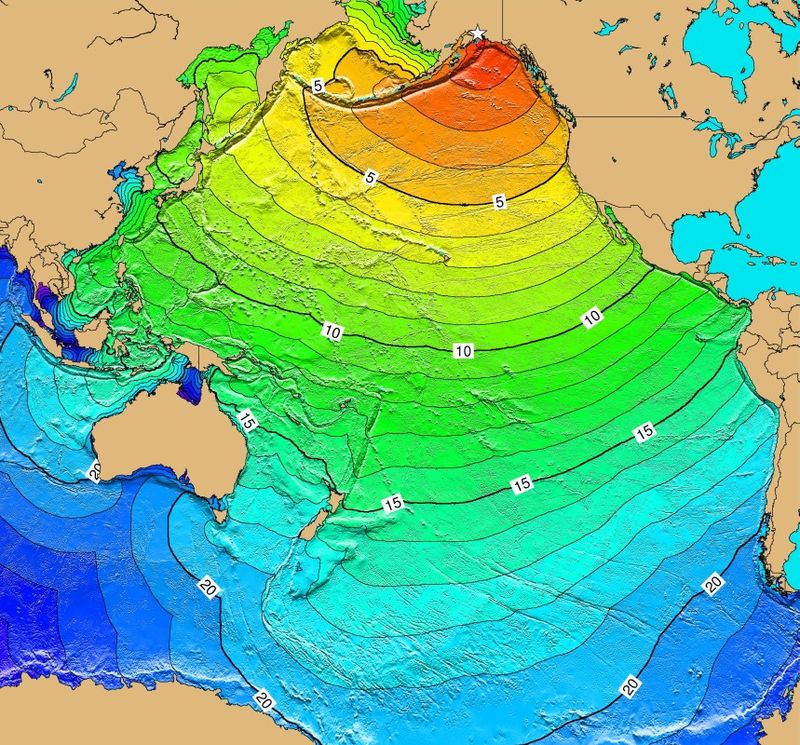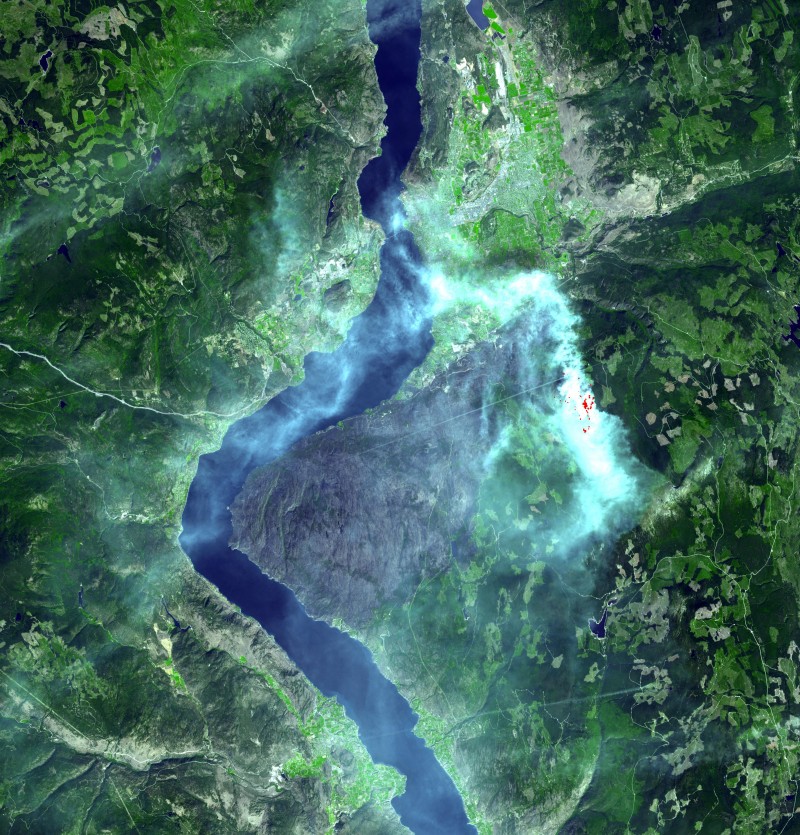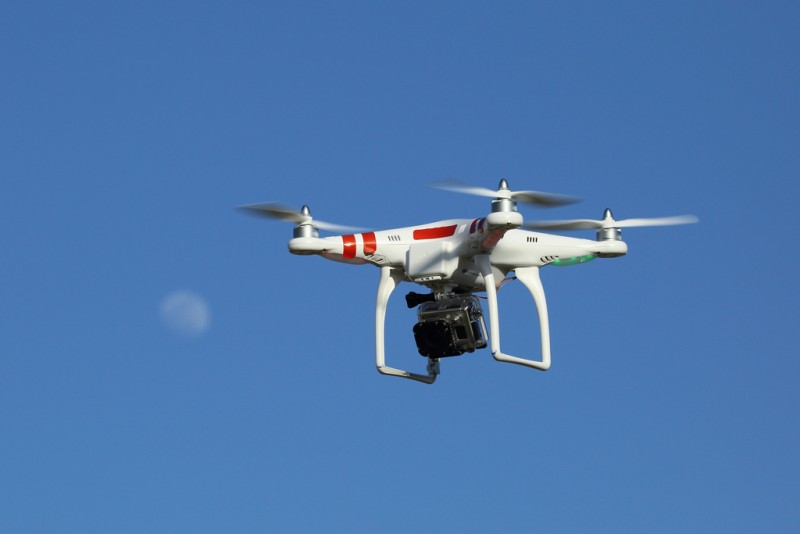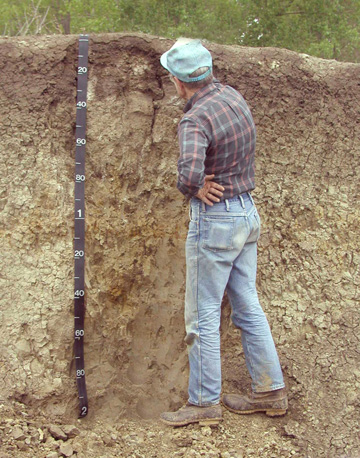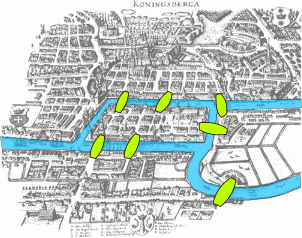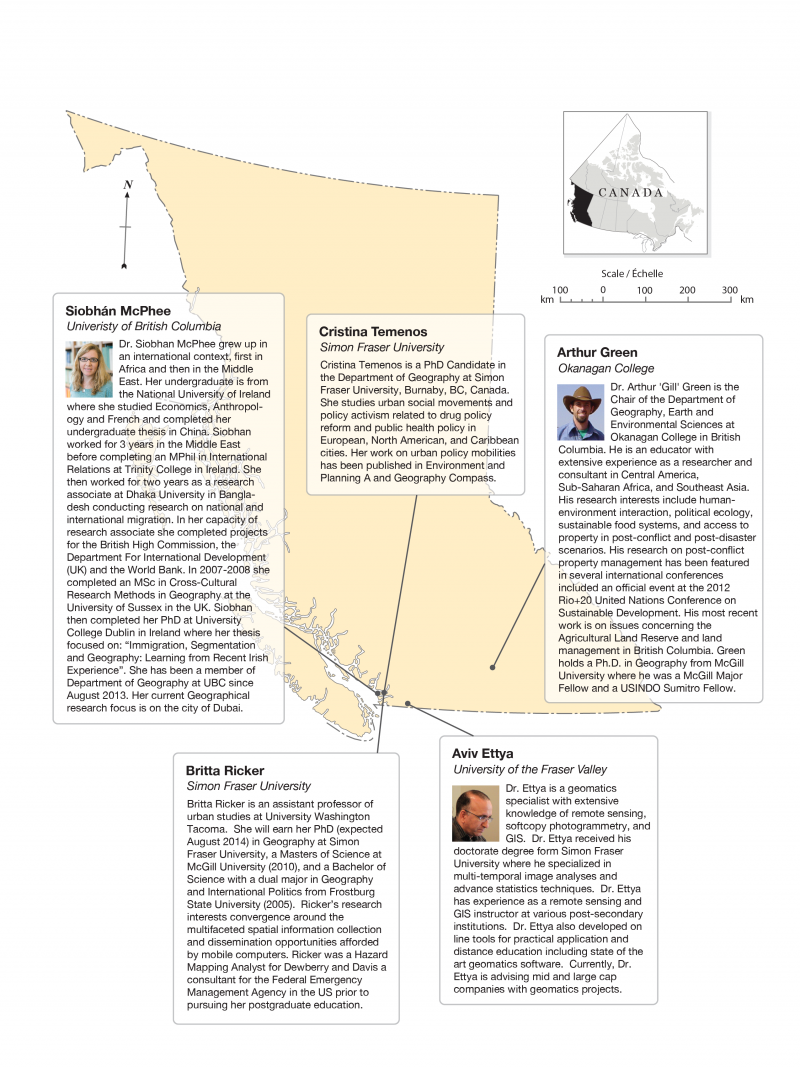Understanding Your Assignment Requirements
The first thing you need to do when you are about to start working on an assignment is read the question very carefully. This might sound obvious, but many students lose marks unnecessarily because they don’t pay enough attention to what the assignment question is asking them to do. To get the maximum marks for the effort you put in, you need to answer the question that is asked. As well as reading the question you also need to analyze it. Assignment questions usually have a lot of information in them and you can use this information to help you with your answer. The information in this guide will help you to interpret what your assignment questions are asking you to do.
Content Words
Assignment questions usually have quite a lot of information in them about both what you need to be writing about and how you should structure your assignment. The words that tell you the topic of what the assignment should be about are commonly called “content words.”
For example, the content words for the following assignment are bolded:
Traditionally in many societies mothers are expected to stay at home and take care of their children. However, the financial pressures of modern life have forced many mothers to find jobs outside the home and rely on childcare for their children. With reference to one particular type of childcare facility discuss whether this arrangement is damaging for children or not.
These words tell you that the content of your assignment should relate to the effect of working mothers placing their children in childcare. Sometimes you will not be given any content words and you will be required to develop your own research question. We will discuss this later in this module.
Instruction Words
The words that tell you how to go about answering the question are commonly called instruction words. Instruction words tell you how.
The instruction words give you information on what type of assignment you need to write. For example, are you being asked to discuss, argue, describe, explain, report or compare and contrast? Each of these instruction words tells you that you need to write a different type of response to the question. For example, in a description you are asked to focus on what something is like or what happened. On the other hand, if you are asked to explain, you will need to focus on how something happens or happened.
The following is a brief outline of instruction words you may find in your assignment. You need to understand the instruction words to satisfy the requirements of your assignment.
| Instruction Words | What They Mean |
|---|
| Analyze | Examine in close detail. Identify important points and chief features. |
| Comment on | Identify and write about the main issues. Base what you write on what you have read or heard in lectures. Avoid purely personal opinion. |
| Compare | Show how two or more things are similar. Indicate the relevance or consequences of these similarities. |
| Contrast | The opposite of compare. Point out what is different. Indicate whether or not the differences are significant. If appropriate, give reasons why one item or argument might be preferable. |
| Critically evaluate | Examine arguments for and against something, assessing the strength of the evidence on both sides. Use your research to guide your assessment of which opinions, theories, models or items are preferable. |
| Discuss | Similar to critically evaluate. Give arguments and evidence for and against something and make some judgment. |
| Summarise | Similar to outline. Draw out the main points only. Leave out details or examples. |
| To what extent | Consider how far or how much something is true, or contributes to a final outcome. The answer is usually somewhere between “completely” and “not at all.” Follow the order of different stages in an event or process. |
For additional content words, look at the follow Common Instruction Words list from Southern Cross University at http://www.scu.edu.au/teachinglearning/download.php?doc_id=12754&site_id=301&file_ext=.pdf
To learn to read your assignment question for both content and instruction, watch the following video from the UNC Writing Center at http://youtu.be/KDBwh47nmiY
Developing a Research Topic
Developing a research topic is often the most difficult part of completing an assignment. It requires a lot of thought and time. To learn some tips about developing a research topic, watch the following video from UBC Library at http://youtu.be/dGdfnc7VBN4
Making Your Topic Searchable
Once you have a research topic, you need to take the time to make the topic searchable. With Google you could simply type the entire question in the search box, but you would retrieve millions of results. To develop a more specific search, here are some tips which will help make the process of searching simpler, faster and bring up more relevant results lists.
Choosing Keywords
Knowing how to find what you need in library resources is a powerful research skill and the keywords you use are a huge part of the success or failure of your search. Keywords, or search words, are words or short phrases that represent the main ideas or concepts in your topic. For example, look a the following topic:
Do the cost of parking spots increase demand for public transit?
The keywords for this topic are: “cost,” “parking” and “public transit.”
Once you have your keywords, you are ready to begin your search.
Putting the Keywords Together
Some library resources will need you to develop searches differently. Look at the example below. In Google you can search by putting all the keywords in one line, but some library databases such as Academic Search Complete require you to use AND between the keywords.

The Power of Synonyms
Include synonyms in your search whenever possible. Databases only bring back results that contain the exact words you type in. If you don’t include synonyms, you could miss a great deal of relevant material.
For example, if you are researching a public transit-related topic you may think of the following alternate words to use in your search:
e.g. “public transit” OR bus OR subway OR train

How to Use the Library
Recognizing Different Types of Citations
A bibliographic citation is a reference that points toward a specific source of information. Citations can refer to a wide variety of published or unpublished works, such as books, journal articles, dissertations and films. A complete citation provides all the pieces of information that you need to track down a source that has been referenced in a paper or been assigned as part of your class readings.
It is important to be able to recognize what citations look like for various types of information sources (e.g., books or journal articles), because you need to use different strategies to locate different kinds of materials. You can identify common types of citations by the information elements that they contain. While some elements are common to most citations (such as the author/creator of the work and the date of publication), other elements provide clues about the kind of information source that is being cited.
Each type of citation can be formatted in different ways, depending on which citation style is being used.
Books
McGillivray, B. 2011, Geography of British Columbia: people and landscapes in transition, UBC Press, Vancouver.
Citation Elements/Item Details
| Author | McGillivray, B. |
| Year | 2011 |
| Title | Geography of British Columbia: people and landscapes in transition |
| Publisher | UBC Press |
| Location | Vancouver |
Distinguishing Features
- Only one title appears in the citation.
- The citation includes the place of publication and the publisher’s name.
Book Chapters
This type of citation includes all of the elements of a regular book citation, along with a few additional pieces of information. Individual chapters are usually cited when they form part of an edited collection, which contains chapters or essays contributed by several different authors.
Halseth, G. 2009, “Understanding and transforming a staplesbased economy: place-based development in Northern British Columbia, Canada” in Halseth, G., Markey, S. & Bruce, D. (eds), The next rural economies: constructing rural place in global economies, CAB International, Wallingford, UK, pp. 251-262.
Citation Elements/Item Details
| Author | Halseth, G. |
| Year | 2009 |
| Book Chapter | Understanding and transforming a staplesbased economy: place-based development in Northern British Columbia, Canada |
| Book Editors | Halseth, G., Markey, S. & Bruce, D. |
| Book Title | The next rural economies: constructing rural place in global economies |
| Publisher | CAB International |
| Location | Wallingford, UK |
| Page Range | 251-262 |
Distinguishing Features
- The citation includes two titles: the title of the individual chapter and the title of the book in which it is published.
- The place of publication and publisher name indicate that the item is part of a book.
- Information about the editor(s) is given. (Note that regular book citations can also contain this element, so you need to confirm other features of a book chapter citation.)
- The citation contains the page number range for the chapter.
Locating Books in Your Library
Sometimes in your research you will come across a book that you would like to locate in the library. Visit your university library website and use the library search. Many libraries may have a search engine that locates books together with other library resources such as journal articles. If you want to limit your search to books look for a search tab labelled “Catalogue” or “Books and Media.” The catalogue only searches items in the library’s collection.
Let’s look at a book citation example:
Bone, R.M. 2005, The regional geography of Canada, Oxford University Press, Don Mills, Ont.
To search for this book, you need to first identify the book title:
Bone, R.M. 2005, The regional geography of Canada, Oxford University Press, Don Mills, Ont.
Now you are ready to find the book using your library catalogue.
Once you locate a book, you will need to use the call number to find the book on the library shelf. This resource guide will help you read a call number.
http://wiki.ubc.ca/Library:Module_3_Reading_a_Record_3.3
Journal Articles
At first glance, journal article citations can look very similar to book chapter citations. In particular, journal article citations also contain two titles: the title of the article and the title of the journal. However, different publication information is given for a journal article.
Citation Elements/Item Details
Hiebert, D. 1999, “Local Geographies of Labor Market Segmentation: Montréal, Toronto, and Vancouver, 1991”, Economic Geography, vol. 75, no. 4, pp. 339-369.
| Citation Elements | Item Details |
| Author | Hiebert, D. |
| Year | 1999 |
| Article Title | Local Geographies of Labor Market Segmentation: Montréal, Toronto, and Vancouver, 1991 |
| Journal Title | Economic Geography |
| Volume and Issue | vol. 75, no. 4, pp |
| Page Range | 339-369 |
Distinguishing Features
- The citation includes two titles: the title of the individual article and the title of the journal in which it is published.
- No place of publication or publisher’s name is given.
- Instead, the citation specifies the exact volume and issue of the journal that is being referenced.
Locating Articles in Your Library
Sometimes in your research you will come across an article that you would like to locate in the library. If you have the article citation it is simple to use a general library search engine. If your library does not have a general search engine, you can search by journal title and then locate the volume and pages for your article. You can also check your library to see if it has a research guide for geography with links to core and specialized search databases for your discipline.
Let’s look at our previous journal article citation example:
Hiebert, D. 1999, “Local Geographies of Labor Market Segmentation: Montréal, Toronto, and Vancouver, 1991”, Economic Geography, vol. 75, no. 4, pp. 339-369.
To search for this specific article in a library search engine or database, we need to first identify the article title and the last name of the author:
Hiebert, D. 1999, “Local Geographies of Labor Market Segmentation: Montréal, Toronto, and Vancouver, 1991″, Economic Geography, vol. 75, no. 4, pp. 339-369.
Sometimes article titles are very similar and it is difficult to find the exact article you are looking for by a specific author. To deal with this problem, search for the author’s last name and the title of the article:
Things to note:
- We left out the remaining article title after the colon (i.e., Montréal, Toronto, and Vancouver, 1991). Often you will not need to use the full title to find the article. Additionally, punctuation marks, such as colons, periods, semicolons and quotes, can confuse the search. Leave punctuation out of your title search.
- We are not using capital letters. Capital letters are not important in your search. You can either choose to use capitals or not.
- We are using quotation marks around the title (i.e. “Local Geographies of Labor Market Segmentation”). Quotation marks will instruct library databases to search for the words in between the quotations as a phrase. This is important to remember. If you searched without the quotation marks, Summon would search for each word separately. This will give you far too many search results to look through to find your article.
http://help.library.ubc.ca/planning-your-research/tutorials/basic-library-tutorials/basic-library-skills-tutorial/
How Reliable Are Your Resources?
You will need to evaluate each resource you use for research, whether it is an online or print journal article, a website, a book, a newspaper article, or other source that you want to cite. Use the questions in this guide to analyze materials and to assess how appropriate they will be for your research. Keep in mind that many publications have a particular bias or agenda, which may not be obvious at first.
Don’t expect to be able to answer every question, all the time, for all information resources you look at. Rather, examine the following criteria and try to use the questions a tool to help you look at sources critically.
Authority
It seems obvious to state that no one is an expert at everything, but it’s easy to overlook an author’s credentials, especially when reading something online.
- Some authors write to share the results of their research with other scholars.
- Some are hired to produce articles for the general public.
- Some are passionate amateurs.
- Some publish fabricated or unproven research for a variety of reasons.
Anyone with an Internet connection has the potential to publish and distribute information. It’s up to you to assess whether or not the materials you find have been written by an authority on the subject.
Authorship
- Is there an author of the work? If so, is the author clearly identified?
- Are the author’s credentials for writing on this topic stated? For instance, journal articles often list the university or organization the authors are affiliated with.
- If the author is affiliated with an organization, could this organization have a bias?
- Have you seen the author’s name cited in other sources or bibliographies? Repeated citations by others and a substantial body of work by the author can indicate expertise.
- Does the source represent a group, organization, institution, corporation or government body?
- For online sources, is there a way to contact the author and/or organization?
Why Question the Author or Source?
If you cannot find an author or an organization connected to a source, be very suspicious. If no one wants to stand behind the work, why should you believe what is written there? Even if you can find an organization or author you still need to be cautious and make sure that the organization and/or author are who they say they are. This may include further research on a particular author or organization. The website alexa.com lets you check ownership of a website and find out what other sites link to it. Also, note that even if an author is an expert in one field, she or he may not have expertise in another field.
Scholarly or Not?
Some materials that you find will be written by academics, for an academic audience, and their authority, accuracy and scope will be relatively easy to analyze. Other material will be written for a general audience, with qualities that are equally easy to assess.
Unfortunately, you will also easily find materials that are trickier to categorize, such as:
- Work by scholars that has been adapted and simplified for a general audience
- Promotional articles written for professionals in the field
- Articles written by journalists
- Theses and dissertations
- Work published by groups with a well-known political bias
- Government reports, briefing notes and documents written for the general public
- Work from experts commenting outside their areas of expertise
In fact, many of the sources that come up in a typical results list are not scholarly, and you won’t be able to use them if your assignment specifies “scholarly sources only.”
For more detailed tips and suggestions to help you distinguish between scholarly and non-scholarly work consult this guide: Insert hyperlink? http://help.library.ubc.ca/evaluating-and-citing-sources/scholarly-versus-popular-sources/
Accuracy
- Is the source part of an edited or peer-reviewed publication?
- Can factual information be verified through references to other credible sources?
- Based on what you already know about the subject, or have checked from other sources, does this information seem credible?
- Is it clear who has the responsibility for the accuracy of the information presented? Is it on a site like Wikipedia, which can be edited by anyone?
- If data are presented in graphs or charts, is the source of the data clear?
Interactivity? Look at the NIPCC website (http://nipccreport.org/) and ask yourself if the information seems credible and accurate.
Why Question the Accuracy of a Source?
In the scholarly publication process, journal articles must be peer reviewed. This means that when an author submits an article an editor can assign it to two or three, sometimes as many as four, independent referees, who have similar expertise to the author. The referees review the article and write reports that recommend acceptance, acceptance with minor changes, acceptance with major changes or rejection. Acceptance rates vary depending on the prestige of the journal, and the entire process can take up to a year.
When you search the Web, you will usually find a combination of online scholarly journal articles (many provided to you by your library) and other websites. While individual websites may be written by experts and have some sort of editing process in place, there is no overall system for vetting the web. This lack of review and revision process means that not all Web pages are reliable or valuable. Documents can easily be copied and falsified, or copied with omissions and errors, intentional or accidental.
Data presented in a source may be original work by the author or may be taken from another source. Just because data are presented in an attractive graph or chart doesn’t guarantee accuracy. (For more information on good and bad graphs, see Gallery of Data Visualization. Insert Hyperlink http://www.datavis.ca/gallery)
Currency
- Is there a date stating when the document was originally created?
- Is it clear when the source was last updated, revised or edited?
- Are there any indications that the material is updated frequently or consistently to ensure currency of the content?
- If online, are any links to other websites current?
Why Question the Currency of a Source?
Currency of information is particularly important in the sciences as findings can change drastically in short periods of time. The currency of a source is relevant because you want to know that the information is updated or revised if necessary. On the other hand, some sources may remain authoritative even though they are older. Some older sources are “seminal works,” and represent the starting point of a new discipline, or the jumping off point of a new way of looking at a problem. An example is Harvey, D. 1974, “Population, resources, and the ideology of science,” Economic geography, vol. 50, no. 3, pp. 256-277.
Objectivity
- Is the page free of advertising? If the page does contain advertising, are the ads clearly separated from the content?
- Does the page display a particular bias or perspective? Or is the information presented factually, without bias?
- Is it clear and forthcoming about its view of the subject?
- Does it use inflammatory or provocative language?
Why Question the Objectivity of a Web Page?
If advertisements are present, look for a relationship between the content of the page and the advertising. Are the advertising and content connected? Ask yourself if the sponsors of the advertisements could have sponsored the research reported.
For example, suppose you find a Web page about a vitamin supplement and the page has advertisements flashing over it, selling the same health supplement. Be cautious and skeptical that the content of the page is without bias. Make sure that the information is factual, not just testimonials of “satisfied customers.”
Check other sources to verify the information. Look closely at how information is presented. Are opinions clearly stated, or is the information vague? It is acceptable for a page to present a biased opinion, but you as the consumer of the information should know what that opinion is. It should be clear, not hidden.
Coverage
- Does the source update other works, support other works you’ve read, or add new information?
- Does the source cover the topic comprehensively, or does it only cover one aspect? Make sure to analyze enough sources to obtain a range of viewpoints on all facets of the topic.
- For books, a table of contents and index can be helpful in assessing the coverage of the work.
- For online sources, is the site complete or still under construction? Does the source seem stable, or is it likely to change much between the time you read it and the time your research is finished?
- For online sources, if there is a print equivalent to the website? Is there clear indication of whether the entire work or only a portion is available online?
Why Question the Coverage of a Source?
- Be wary of sites like wikis whose content may change rapidly and dramatically. If you are looking at a website for which there is a print equivalent, check to see if the entire work is online. If it is a portion of the work make sure that quotes have not been taken out of context or information has not been misrepresented.
Purpose and Audience
- Why was the source created? To educate? Sell a product? Advocate a viewpoint?
- Is the publication aimed at a general or a specialized audience?
- Is the source too elementary, too technical, too advanced, or just right for your research needs?
- Which parts of the information presented are fact and which are opinion?
Why Question the Purpose and Audience of a Source?
You want to ensure your sources are at the appropriate level for your research, and distinguish between facts and opinions. What is the difference between fact and opinion? Facts are usually verifiable. Opinions may be based on factual information, but evolve from the interpretation of facts. Most scholarly work will contain both; for example, scientists develop interpretations of data from several points of view successively in their writing. Each point of view expresses the implications of a different assumption. Think of these writings as the interpretations themselves (i.e., a record of the process of interpreting). That record of process is extremely valuable to you when you find and recognize it because it gives you models for your own thoughts (either to emulate or avoid).
What are Primary Sources?
In the social sciences, a primary source can be defined the same way that it is in the humanities; that is to say it is “something that was created either during the time period being studied or afterward by individuals reflecting on their involvement in the events of that time.” In addition, empirical studies – and the journal articles that report those studies — as well as numerical data that have been been gathered to analyze relationships between people, events and their environment are primary sources for social scientists.
Some primary source formats for social science research include:
- Numerical data, statistics, census figures
- Surveys, opinion polls, interview transcripts
- Journal articles reporting on studies
- Artifacts from the time under study (e.g., tools, fossils, coins, pottery, clothing, plant/animal specimens,)
- Oral histories
- Case studies, reports
- Field notes
Credit
This information was adapted with permission from the following two guides at the University of British Columbia:
License: http://creativecommons.org/licenses/by-nc-sa/4.0/
Additional Resources
British Columbia Post-Secondary Library Geography Research Guides (openly accessible)

